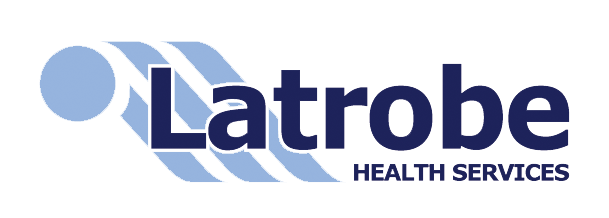

Agree
Thanks
Physiotherapist
As cognitive-behavioural physiotherapist who specalises in pain management, I regularly have clients with Fibromyalgia. The term “Fibromyalgia” simply means Aching muscles/tissues. In my experience, the most effective treatment are self-management strategies such as time/quota contingent pacing, relaxation techniques, heat/ice (depending on what you find most helpful), improving sleep, and working towards achieving your goals. Fibromyalgia is chronic/persistent pain. The best way to tackle it is to manage it, not necessarily cure it as often there is no cure. Having chronic pain is like having diabetes or asthma - its a chronic condition, and in my experience, management is the key.
One key strategy as mentioned is pacing. Often people keep doing things until it is sore/very painful that they have to stop. The reality is that in most instances, in my experience, people with fibromyalgia are diligent, motivated people who will try and keep going to finish what they have started. The problem is that stopping when its just too painful to keep going. is stopping too late. What is better is to find a manageable amount - that is an amount that you can do comfortably and confidently, and do that amount, and then have a break/change. And then you can go back do another lot of the manageable amount. This way you wont need to recover as long. Every week or so, build up this amount slowly so that you dont stay stagnant. For example, if you find that you can walk for 30minutes before you are in a lot of pain, walk instead for 20minutes, have a short break to do a few exercises, and then walk another 20minutes. This way you wont be in agony. Its like refuelling everytime when your talk is quarter full - you will never run out of fuel. Keep going until the fuel light comes on - you may get stranded. Pacing not only allows you to do more, but also the recovery is faster because you havent pushed too far. Pacing to pain or letting pain guide is not helpful - particularly when the weather can affect your pain, stress can affect your pain etc - it is not a reliable indicator of what you can and cant do. Using pacing for every day activities such as cooking, cleaning, driving, sitting and so on.
You must be a HealthShare member to report this post. to your account or now (it's free).